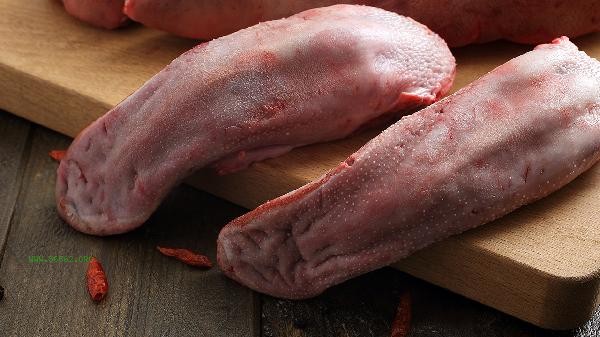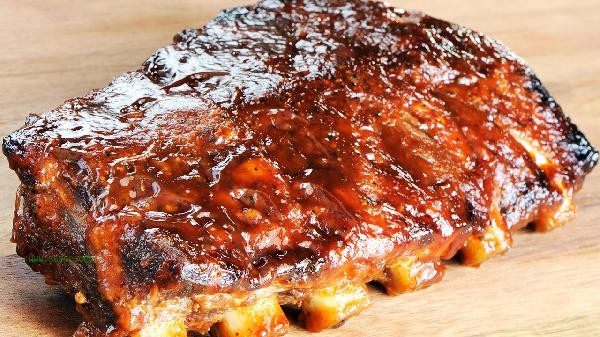Fresh pork can be thoroughly cleaned using methods such as rinsing with running water, scrubbing with flour, soaking in salt water, etc. When cleaning, attention should be paid to removing blood, surface impurities, and potential bacteria to avoid cross contamination.

1. Rinse with running water
Place the pork under running water and rinse repeatedly, using the water flow to wash away the blood and impurities attached to the surface. It is recommended to rinse with low-temperature water, as high temperatures may cause protein coagulation and result in residual dirt. When rinsing, gently rub the gaps between the meat pieces with your hands, focusing on the junction between fat and lean meat. This method is suitable for processing whole uncut pork and can reduce the number of bacteria.
2. Flour Rubbing
Spread flour evenly on the surface of pork and let it stand for a few minutes. The flour particles can absorb oil and dirt. Gently rub with your hands to ensure that the flour fully contacts the meat surface, especially paying attention to handling the folds of the meat. After completion, rinse the flour with clean water. This method has a significant effect on removing fishy odor. The physical adsorption of flour can carry away some residual pesticides and heavy metals.
3. Salt water immersion
Soak pork in light salt water for 15-20 minutes. Salt can help separate the blood and inhibit some bacteria. The appropriate salt concentration is to not taste the obvious salty taste, as too high a concentration can make the meat harder. It is recommended to refrigerate during soaking, as room temperature is prone to bacterial growth. This method is suitable for treating parts with a high amount of blood, such as pig liver. After completion, rinse with clean water again.

4. Baking soda treatment
Baking soda solution can decompose the surface oil and acidic substances of pork. Dissolve 5 grams of baking soda in 500 milliliters of water, soak the pork for 10 minutes, and then rinse. Alkaline environment can soften meat fibers for easy cleaning, but prolonged use can affect taste. This method is particularly effective for cleaning frozen pork after thawing, as it can reduce the oxidative odor produced by freezing.
5. Rinse with vinegar water
Mix white vinegar and water in a ratio of 1:3, soak the pork for a short time, and then rinse quickly. Acetic acid can dissolve some dirt and neutralize fishy substances, but the contact time should not exceed 3 minutes to avoid affecting the meat quality. After rinsing, rinse twice with clean water to remove vinegar odor. This method is suitable for the final cleaning process before cooking.

It is recommended to dry the cleaned pork with kitchen paper before processing, and separate the cutting boards for raw and cooked food. When purchasing, it is best to choose quarantine qualified products with no mucus or odor on the surface. If the meat is found to be sticky or has abnormal color, it should be stopped from consumption. Daily storage should be sealed and refrigerated, and cooking should be completed within two days. Wash hands thoroughly with soap after handling raw meat to avoid contaminating other ingredients.








Comments (0)
Leave a Comment
No comments yet
Be the first to share your thoughts!